Dark Souls III (PC) Review
By Athanasios  04.04.2016
04.04.2016
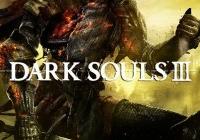
The Japanese developer FromSoftware is a legend amongst role-players, and not without good reason. Its so-called "Souls" series, which started with Demon's Souls, continued with its spiritual successors, Dark Souls, and - the somewhat disappointing - Dark Souls II, offered a unique, for modern standards, experience, where nothing, from connecting the tiny scattered pieces of plot, to just staying alive, was an easy task. After the highly successful Bloodborne, which was, for the most part, cut from the same cloth, fans were eagerly awaiting the developer's next move. The result? Dark Souls III, the sequel that fans will absolutely adore and appreciate… and everybody else probably won't give a second look.
Rules: always roll-crash barrels and praise the Sun. Now that this is out of the way, let the reviewing commence. Many view The Witcher and Diablo as dark fantasy RPGs. In reality, these are just a bit more sinister than the average middle-earth world. Want true darkness? Embrace the universe of the Dark Souls franchise; a universe ingeniously bleak and melancholic, and constantly on the verge of death. There's no stereotypical good versus evil here, no maidens to save (Gwynevere… *sigh*), and no happy ending.
Visually, this might very well be the brightest in the series, and yet, that's similar to describing a maggot-eaten cadaver as being well-lit, because that's what the post-post-apocalyptic land of Lothric really is - a corpse… but there's real beauty here for those who can appreciate its gothic elegance. With locations that are both gorgeous and remarkably detailed, and an OST that sits somewhere between epic and sad, it's hard not to get engulfed in this constantly oppressive atmosphere. Additionally, while the setting is a little too familiar, it manages to stand on its own, and enhance this tale's themes of ash and cinder.
However, what's going on here? Simple… *ironic pause* Once again, everything revolves around the First Flame, and the seemingly endless cycle of the Age of Fire. Something feels different, though. The Lords of Cinder aren't willing to set another cycle in motion, and it's up to an undead hero to (literarily) beat them back to their duty. Cryptic? Vague? Well, that's how it's supposed to be, because, while Dark Souls III has a much stronger sense of purpose than before, the plot is basically a book of Greek and Norse mythology at its grimmest, with its few pages scattered in the wind… from the top of a mountain.
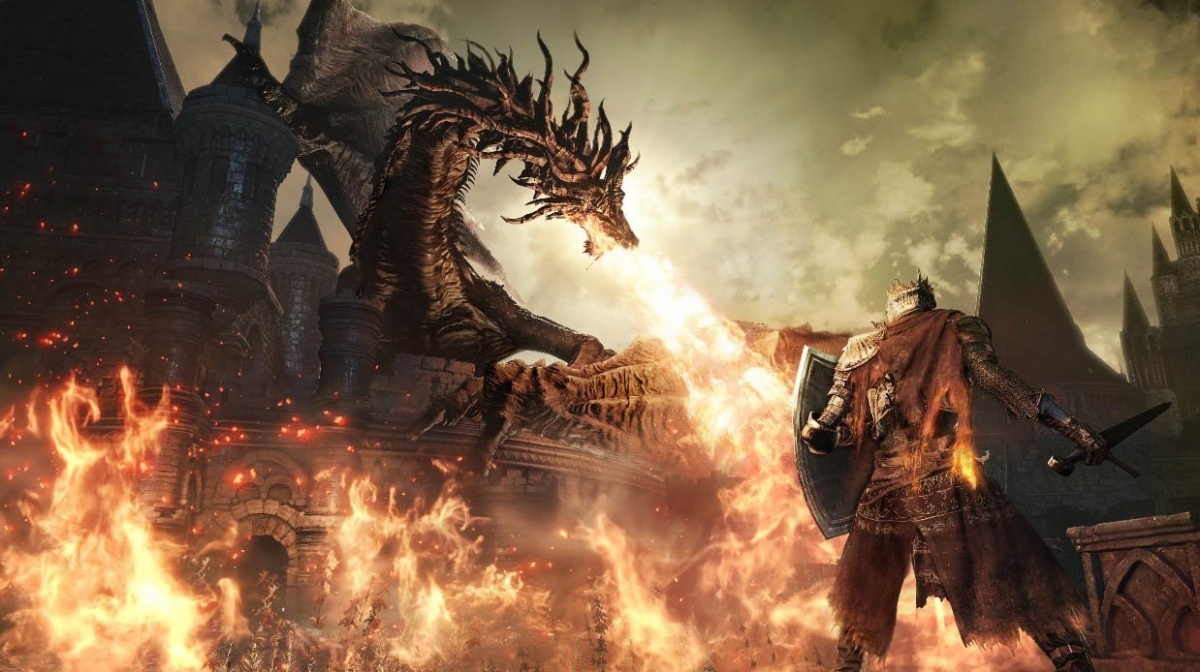
The narrative technique used here? No narration. Instead, it's all up to the player to piece the lore together by painstakingly noting every single detail, and each tiny ambiguous phrase. In some ways, it's like archaeology; the ruins are here - now try deciphering what happened by searching in the shadows of the past. In other ways, it's like high art; it requires careful analysis, it fuels conversation, it requires exchanging ideas. Long story short: it's not for everyone, since it will confuse those not willing to read between the lines, between the lines, between the lines, and annoy those who expect something better than an ending that might pass off as a simplistic, NES-like "The End" screen.
This is what separates any Dark Souls title from most video games, and this is why its fans are a unique breed of gamers - and not just when it comes to the plot. Dark Souls III continues the tradition of being relentless, since its Spartan "You Died" game over screen will become an afterimage to everyone, because, while technically a hack 'n' slasher, even the simplest of foes can bring forth quick death if not absolutely focused on the battlefield, observing enemy movement and timing each hit, block, evasion, or parry.
Veterans will surely find this episode much easier, but, thankfully (for them), there are some nasty surprises lurking in the corners, like a certain (really annoying) enemy that mutates into a very formidable foe whose attack patterns are quite hard to read, or the simply fantastic bosses, which change their behaviour mid-fight as their health goes down. Generally, while not really harder than the previous titles, enemies are faster and more aggressive, but, so is the main character; an improvement that was, undoubtedly, influenced by the adrenaline-pumping pace of Bloodborne.
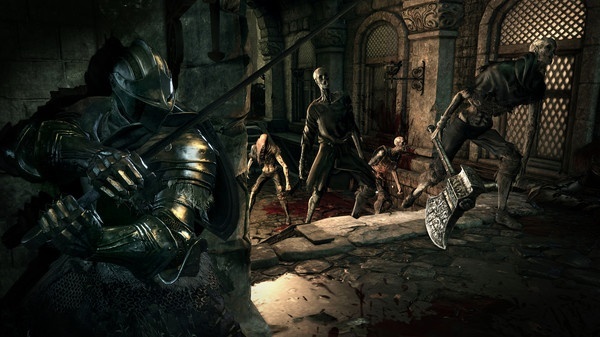
Other changes include the use of focus points instead of a limited number of spell casts, the option to allot flasks between health and focus-replenishment, and, fortunately, the disappearance of certain problems, like arrows getting blocked by invisible walls. Hardcore fans will probably complain about the small distance between each bonfire (the series' checkpoints), yet the level design erases that problem, because, while the world is much smaller than before, it's also quite dense and non-linear, offering plenty of secondary paths and shortcuts to those who like searching around.
A simple, yet very interesting, concept that adds another layer of depth into the gameplay is Weapon Arts. What are they? Simple: each weapon provides an additional unique technique, with some requiring entering a 'stance' mode before unleashing an attack, while other more powerful ones need focus points to be pulled off. These can range from parrying with a shield, pulling an arrow even further back, and sharpening a blade to temporarily improve it, to infusing a weapon with elemental magic, or breaking the enemy's guard or stamina.
To be honest, though, those expecting any considerable updates will find changes being somewhat lacklustre, since this is basically a marginally upgraded Dark Souls. Levelling-up requires going back to the hub-like Firelink Shrine, which is somewhat annoying, yet offers some interesting surprises, mainly in the form of interactions with NPCs; entering the so-called 'Lord of Cinder' mode after beating a boss, or consuming a certain - rare and expensive - item that enables online play, such as PvP and Co-op, and, finally, Souls, which serve both as EXP and currency, are the most priceless things in here, since they get left behind where death did its deed, and disappear if the unfortunate hero dies again before reclaiming them. Yup, death still matters in this franchise.
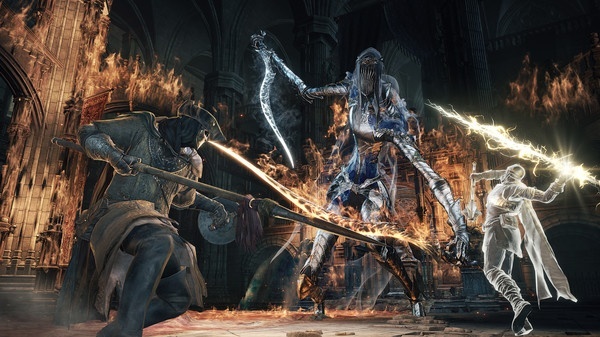
The thing with any Dark Souls title, is that few sit on the fence about them - it's either love or hate, with anyone daring to point out a flaw having to deal with, "You are a noob!," "You don't get it," or, the favourite of yours truly, "DIE!!!" The truth, however, is that, while great, Dark Souls III repeats certain mistakes of its predecessors - and, yes, they are mistakes; not different gameplay mechanics, unique systems, or alternative perspectives, but mistakes. Note that the following aren't a moan at the difficulty, but in some specific game mechanics - it's the "how," not the "how much."
The camera frequently leads to cheap deaths, since the view can easily get obstructed, and the clunky lock-on system makes having to fight multiple foes a tedious chore. Furthermore, battle can be very black-or-white: parried? Congratulations! The enemy is dead. Messed up the parry? Bye-bye, big chunk of health. Realistic? Sure, but it leaves little room for experimentation, especially when it comes to boss fights. The main problem, however, lies in how it's sometimes impossible to understand why this or that didn't happen: "I rolled to avoid the beast, it touched me, I'm okay. I avoided its mace, it didn't seem to touch me, but I got hurt. Huh?!."
For all its flaws, Lords of the Fallen got this right - not because it was way easier, but because it felt… immediate. The sword on the screen found its target? Then the other guy will bleed - end of story. On the other hand, the trial-and-error required in Dark Souls III is the equivalent of jumping off a cliff a hundred times, before learning how to land without dying - extremely exciting when that works, but that doesn't make the whole process any less irritating. As for the badly-designed UI, which is the polar opposite of hand-holding, let's just leave it at that, because it's better when reviews actually have an ending.
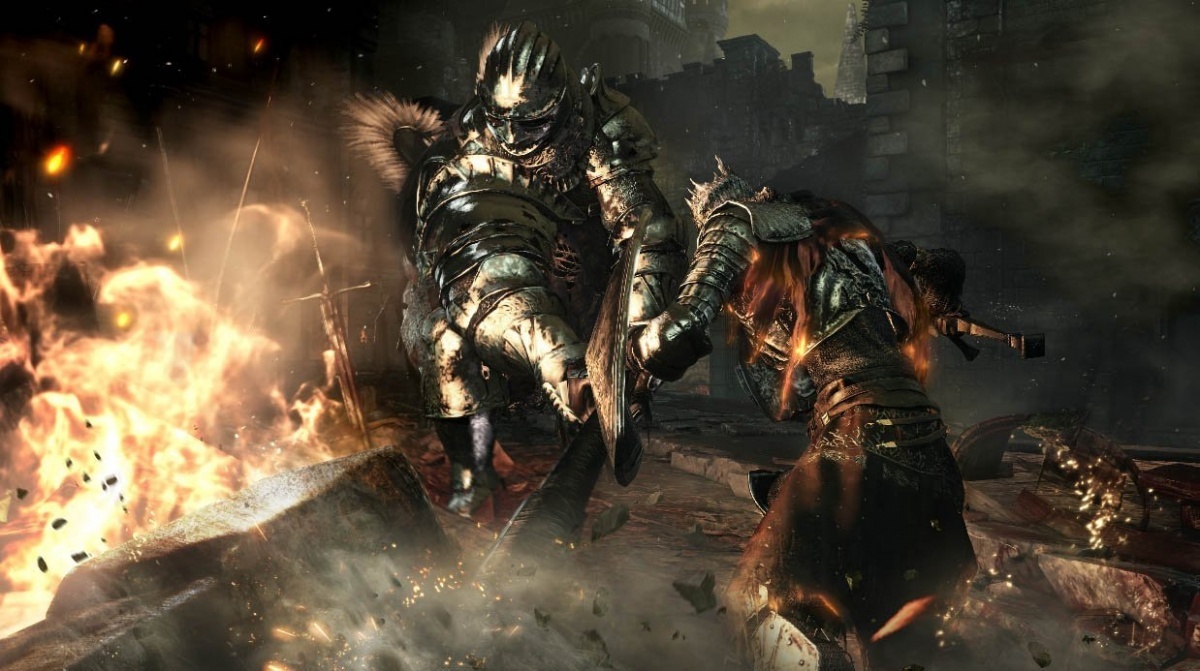
Cubed3 Rating
Very Good - Bronze Award

Everyone will find something in Dark Souls III to nit-pick about, but, in the end, this is a wonderful sequel that every single long-term fan will grab and never let go - and there are plenty of reasons not to, although not much has changed, and despite the fact that it still hasn't fixed its biggest problems. Its world is still magnificently dark, its lore still a wonderfully challenging puzzle, and the gameplay is still that weird combination of pleasure and masochism. FromSoftware has once again created a game that you don't just play through, but experience as an engrossing odyssey… and, as expected from the series, it's not for everyone.
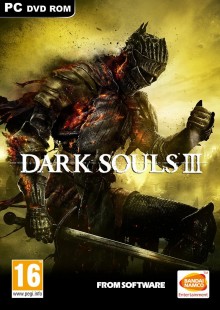
![]() 7/10
7/10
![]() 0
(0 Votes)
0
(0 Votes)
 Out now
Out now  Out now
Out now  Out now
Out now  Out now
Out now Comments
Comments are currently disabled

 Sign In
Sign In Game Details
Game Details Subscribe to this topic
Subscribe to this topic Features
Features





 Top
Top

